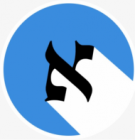Exodus – שְׁמוֹת
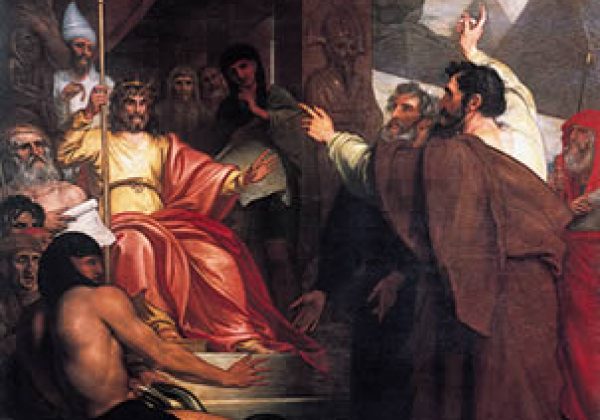
Why was Moses Taken by Surprise?
A couple of days ago I received a really good question from one of the page readers. After watching the
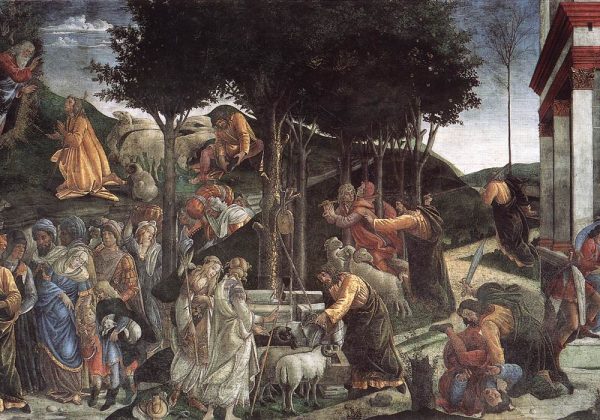
Who saw Moses?
We all know this well-known story from the Book of Exodus: “One day, when Moses had grown up, he went
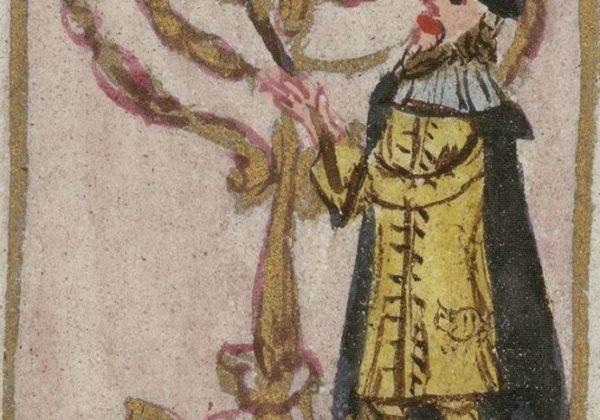
Where did the phrase “one and the same” come from?
Although it has Latin origins, this phrase became popular in English due to the King James translation of the Bible
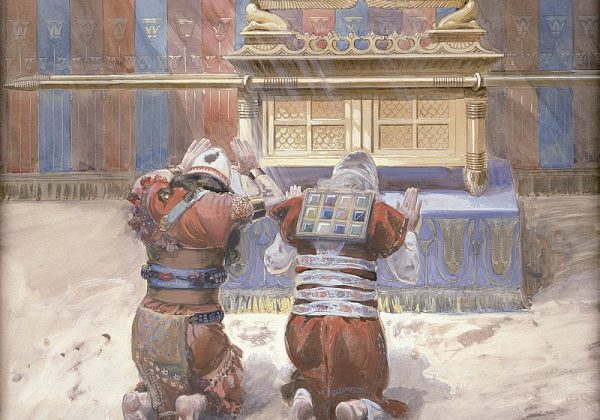
What was inside the Ark of the Covenant?
In last week’s post I mentioned that the Tablets of Stone were placed inside the Ark of the Covenant. Following
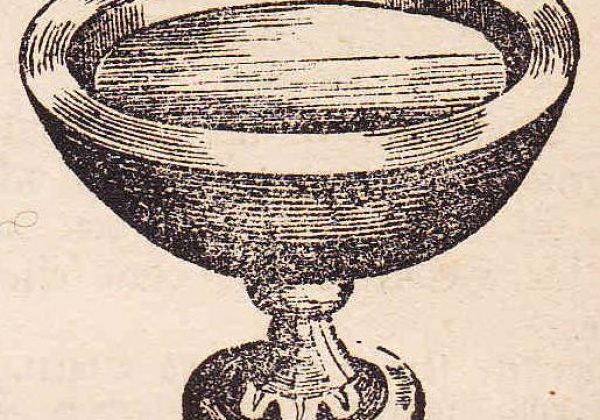
What Shape was the Bronze Basin?
One of the things that the pieces of furniture in the Tabernacle had in common is the full detailed instructions
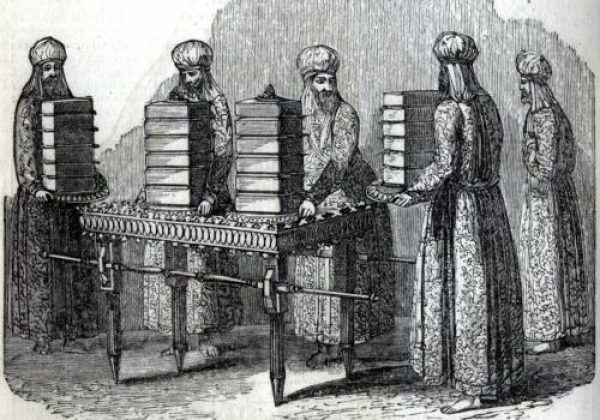
What is the original Hebrew meaning of The Table of Showbread?
The Table of Showbread was placed in the Tabernacle and later in the Temple in Jerusalem exactly opposite to the
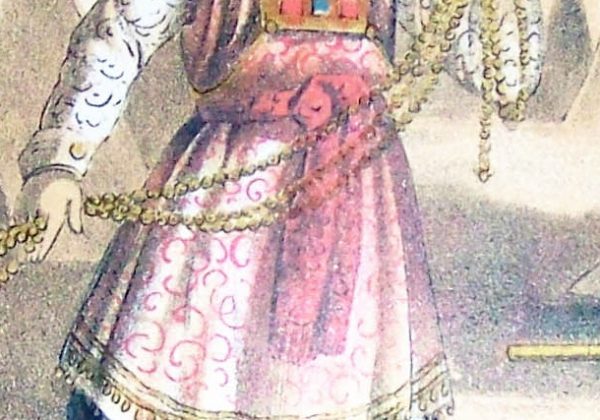
What is the meaning of the word ‘Mitzvah’ and how does it is relate to our weekly Torah portion?
Today’s “parasha” {פרשה} (weekly Torah portion) is “Tetzaveh” {תצוה} – which is the eighth “parasha” in the Book of Exodus
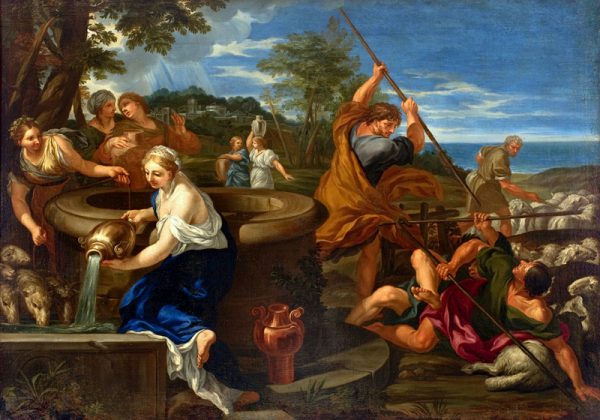
What is the meaning of the Hebrew names of Moses’ two sons: Gershom and Eliezer?
When Jethro came to visit Moses, he did not come alone. Jethro’s daughter Zipporah (Moses’ wife) and Moses’ two sons
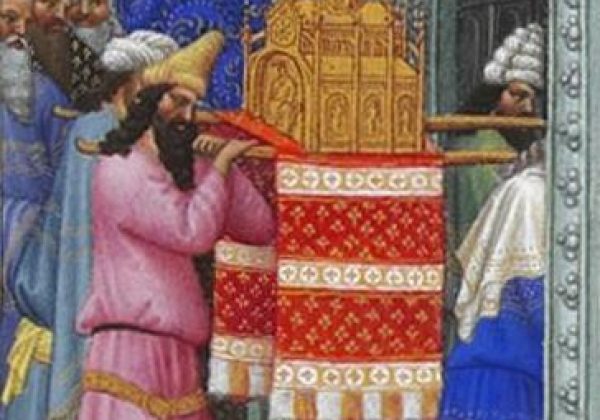
What is the connection between the ‘Mercy Seat’ and ‘Yom Kippur?
The Mercy Seat is the cover of the Ark of the Covenant which was made out of solid gold.
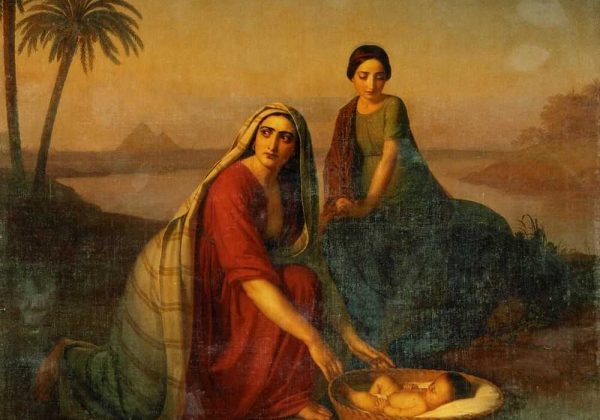
What fascinating thing do Moses and Noah have in common?
When Moses was a baby, his mother put him in a basket and sent it floating on the Nile in
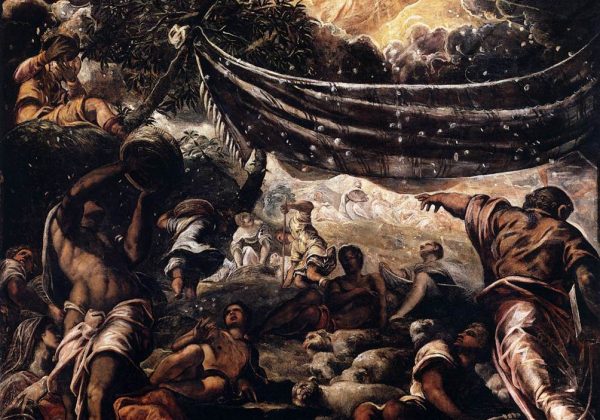
What does the word “manna”mean in Hebrew?
The heavenly bread that the Children of Israel ate in the desert is better known by its other name “manna.” In
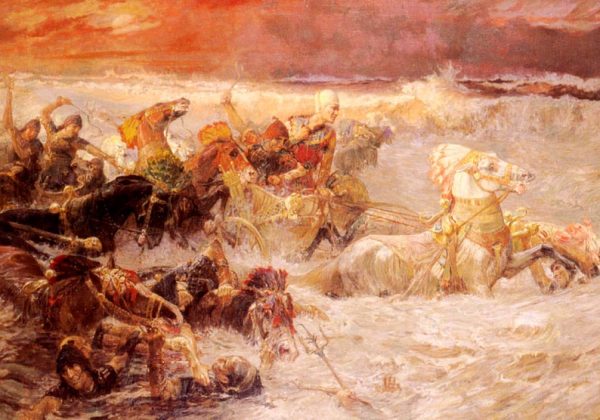
What does “let go” mean in Biblical Hebrew?
Today’s “parasha” {פרשה}(weekly Torah portion) is “Beshalach”{בשלח} -Hebrew for “when he let go.” It is the fourth “parasha” from the Book
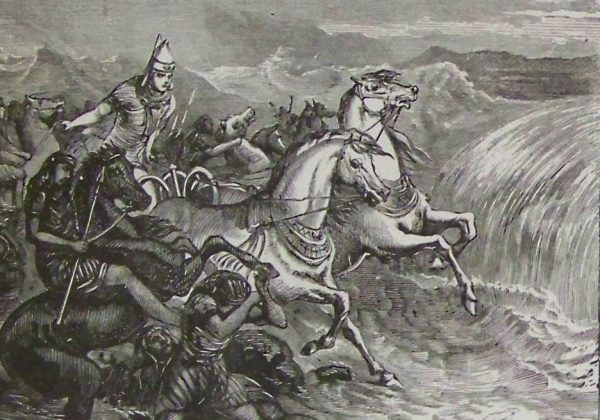
What do the Hebrew words for “armed” and “five” have in common?
When Pharaoh finally let the Children of Israel go from Egypt, he suddenly decided to change his mind and sent
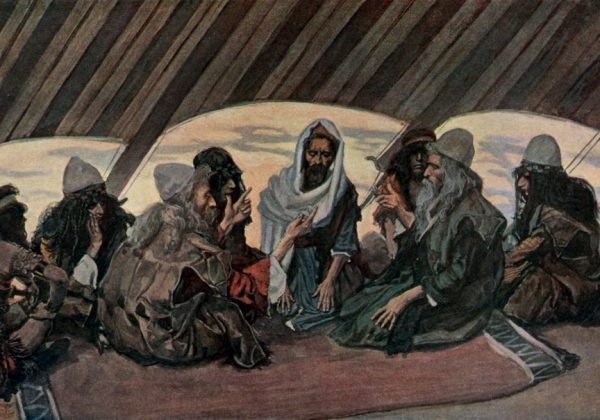
What did Moses and Jethro actually eat?
In yesterday’s post we discussed Jethro’s visit to Moses. At the end of this visit, the Bible tells us about the
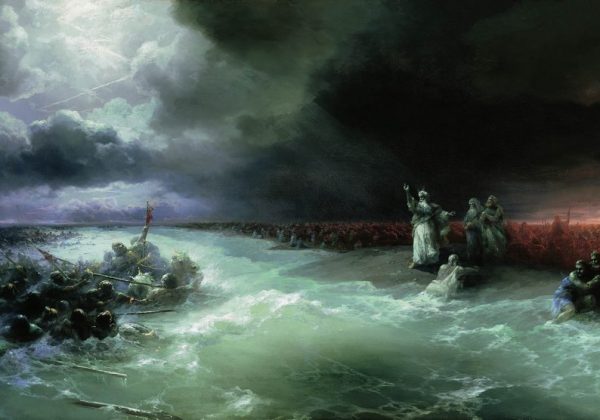
What Caused “The Sea Looked and Fled…?”
After the Children of Israel crossed the Red Sea they sang “the Song of the Sea” (“Shirat Ha-yam” {שירת הים}
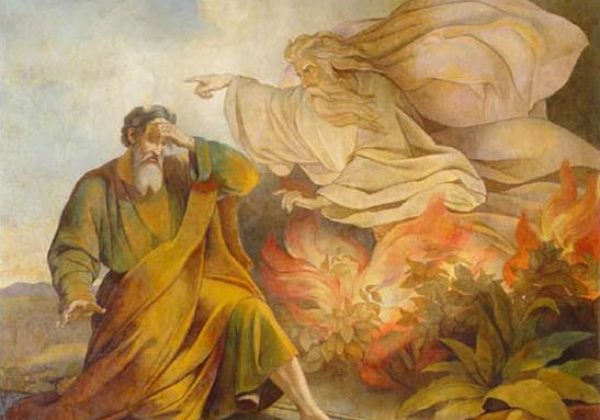
The Virtue of Humility: The Nature of Moses and Jeremiah
As mentioned in the post of “Parashat Shemot” {פרשת שמות} (the first weekly Torah portion of the Book of
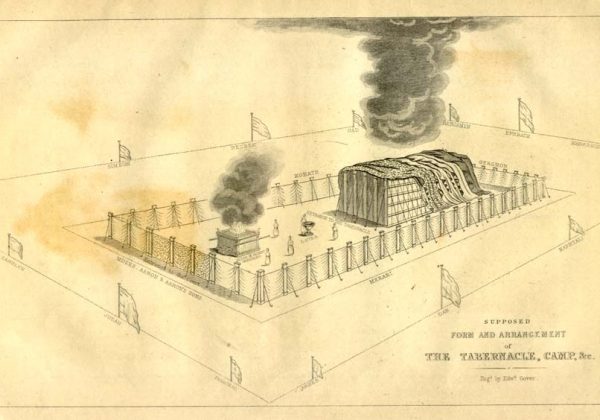
The Tabernacle’s Pattern?
Just before the Bible provides us with a detailed description of the Tabernacle’s vessels, there is an interesting verse that
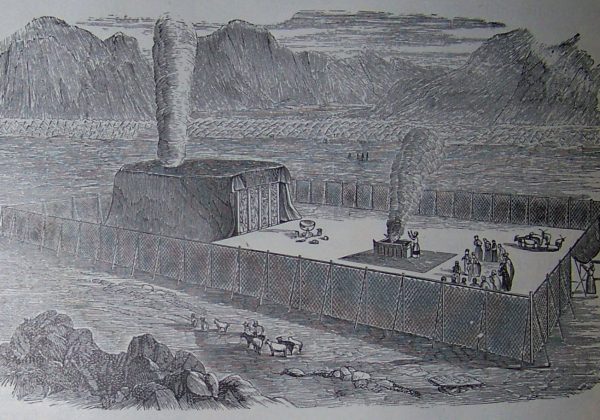
The Tabernacle and the community
Today’s “parasha” {פרשה} (weekly Torah portion) is “Va-yak’hel” {ויקהל} (and he assembled) – which is the tenth “parasha” in the Book of
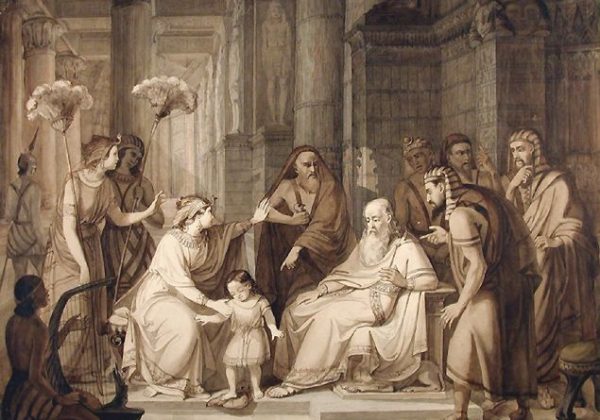
The Sorcerers of Egypt and their Magic Tricks: A Study in Contrasts
When Moses and Aaron stood before Pharaoh and performed the miracles God commanded them to do, it is written that Pharaoh’s
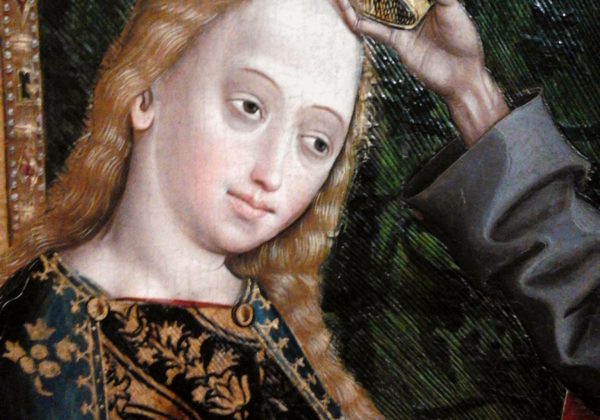
The Real Meaning of ‘Crown’ in Biblical Hebrew
One of the most sacred garments which became a symbol of the High Priest in the Temple was the Holy
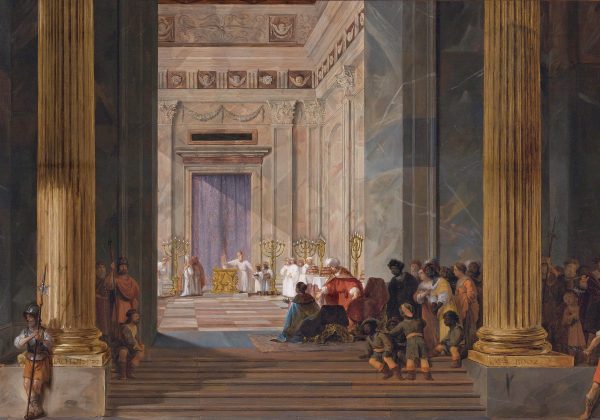
The Pyramids in Egypt and the Temple in Jerusalem
After the people of Israel had increased greatly in numbers in Egypt, Pharaoh decided to oppress them: ” Therefore they

The Purification of Israel
We discussed the TWO weekly Torah portions that sealed the Book of Exodus: “Va-yak’hel” and “Pekudei”. We mentioned that the
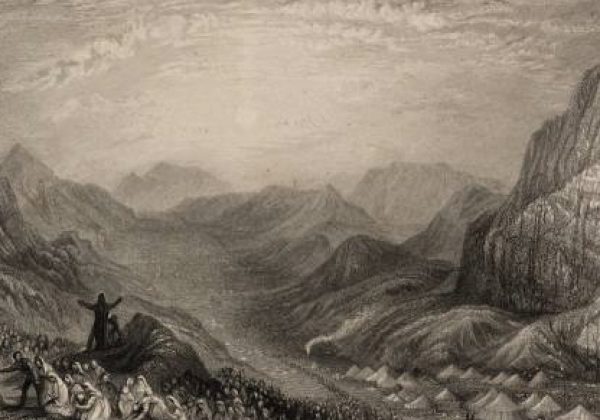
The Promised Land and the Heritage of the Children of Israel
When God spoke to Moses, before sending him to stand in front of Pharaoh, He told him to tell the
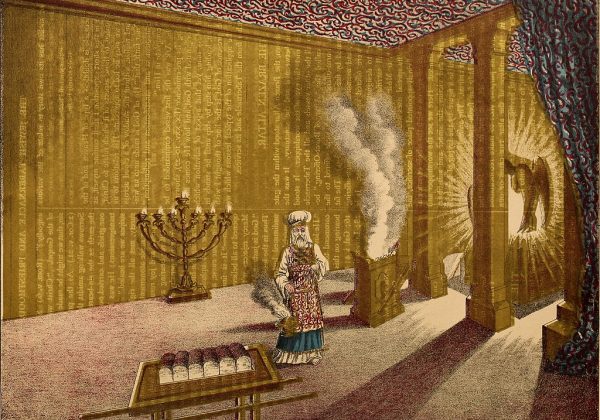
The Meaning of the Hebrew Name Betzalel
When God commanded Moses to build the Tabernacle and its vessels He told Moses: “See, I have called by name
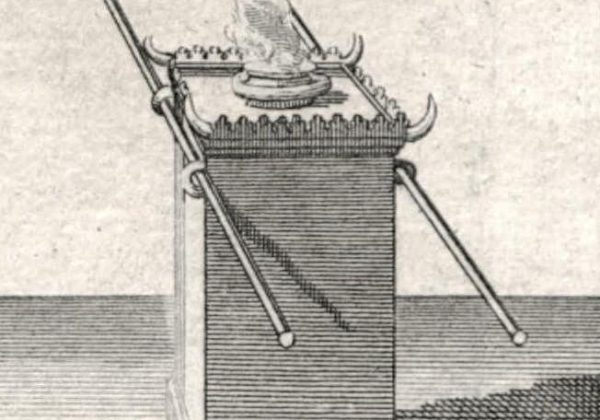
The Lesson of the Incense Offering
The incense offering at the Tabernacle and at the Temple in Jerusalem consisted of a couple of different fragrant spices
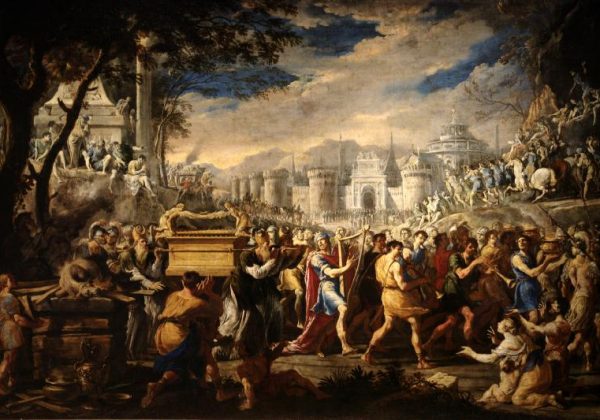
The Hebrew Names of the Ark of the Covenant
Today we will begin a short series of posts about the Ark of the Covenant and other vessels of the
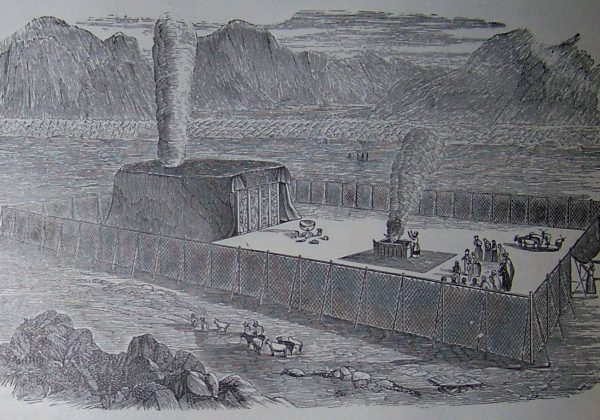
The Dwelling Place of Shekinah
Yesterday we mentioned the main topic of the weekly Torah portion “Terumah” {תרומה} relates to the instructions for the building
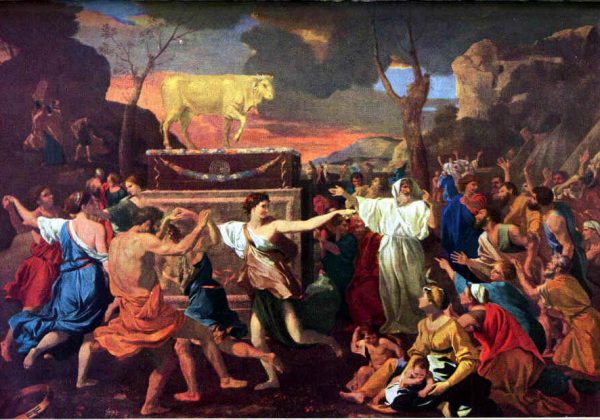
The Census Tax and the Golden Calf
Today’s “parasha” {פרשה} (weekly Torah portion) is “Ki Tissa” {כי תשא} – which is the ninth “parasha” in the Book
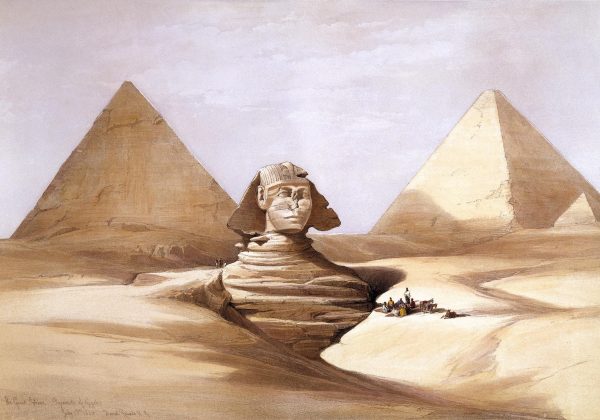
The “Hebrews” in Ancient Egyptian Archeology”
In yesterday’s post we mentioned the story of Moses and the two Hebrews. The term ‘Hebrew’ is frequently repeated
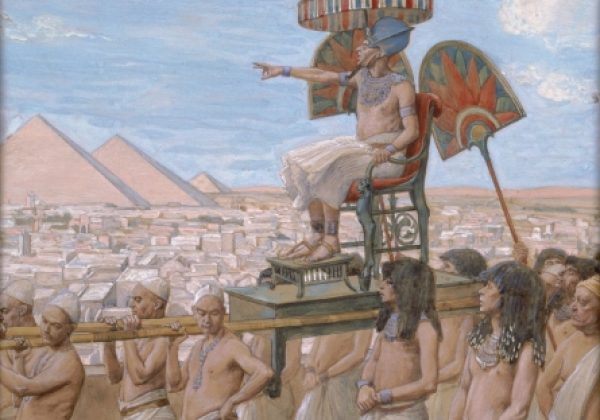
Pharaoh’s Free Will
Before the eighth plague of Egypt – the locusts – God commanded Moses to go before Pharaoh: “Go in to
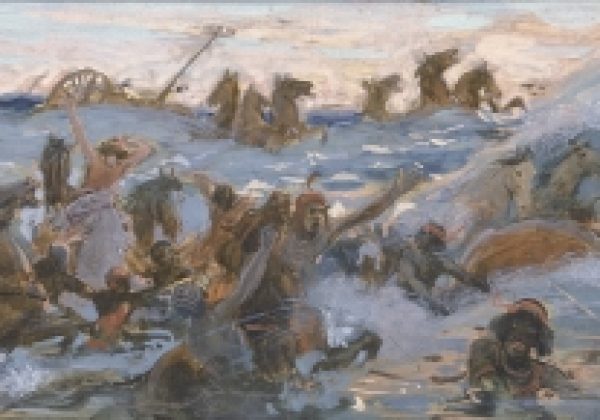
Out of the Labyrinth
Just before the Children of Israel crossed the Red Sea, the Bible tells us that God gave very specific instructions to
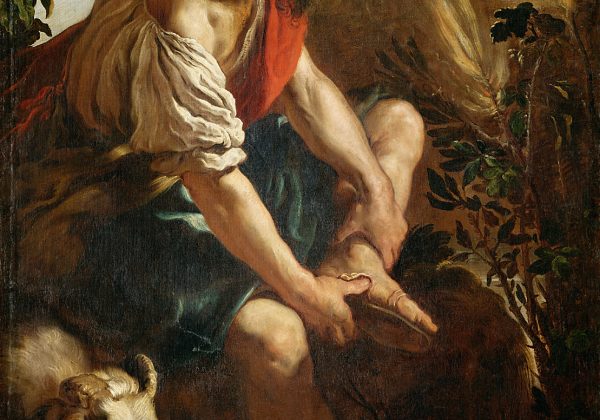
Moses: The Glorious Leader of All People
When we first started discussing the Book of Exodus, I mentioned that a new phase of history had begun! The Children
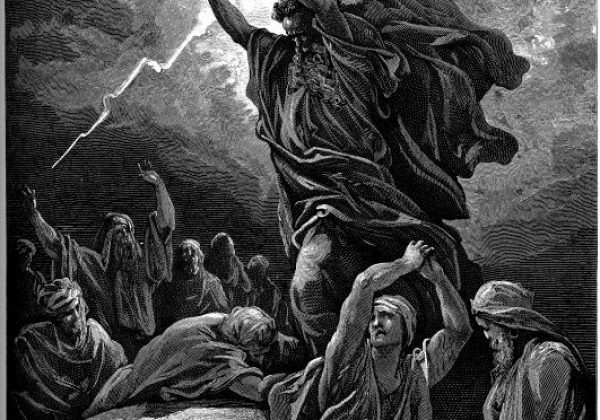
Judges and Laws: Connections and Commonalities Between Hebrew and English Legal Words
Today’s “parasha”{פרשה} (weekly Torah portion) is “Mishpatim” {משפטים} – which is the sixth “parasha” of the Book of Exodus
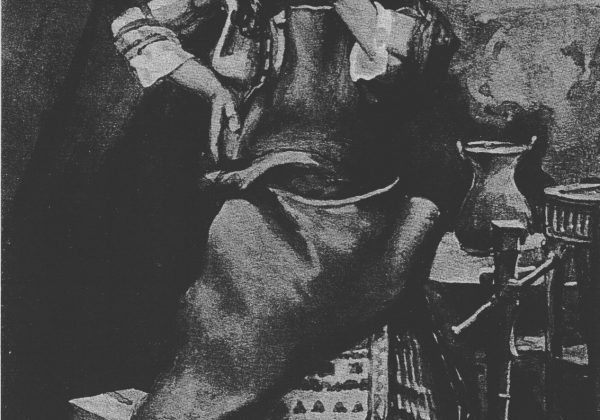
Intelligence or Understanding? A Lesson in Biblical Translation and Biblical Etymology (Part 2)
Yesterday we began a short series of three posts about the special qualities of Betzalel, the chief artisan of the
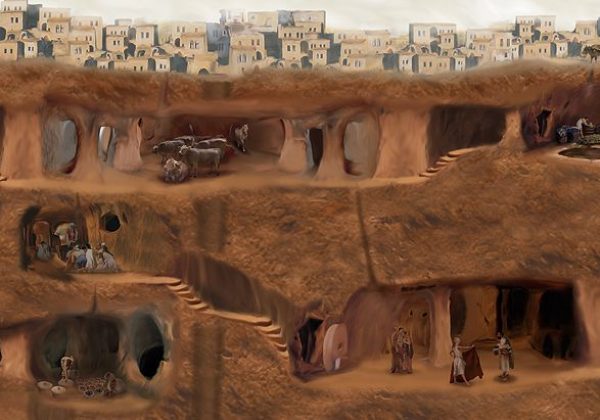
In Defense of Self-Defense
“If a thief is found breaking in and is struck so that he dies, there shall be no bloodguilt for
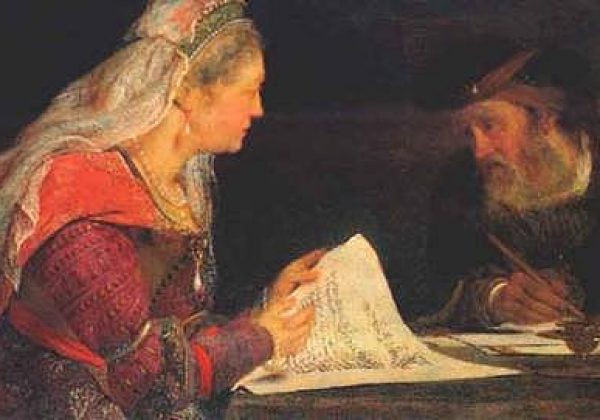
Honoring Parents: The Story of Dama Ben Natina
The central theme of “Parshat Yitro” {פרשת יתרו} (last week’s Torah portion) is the receiving of the Ten Commandments
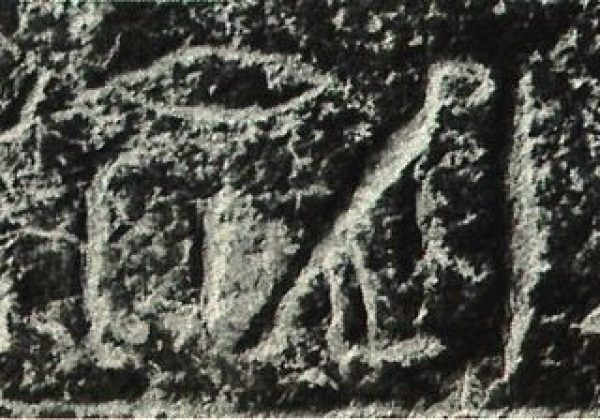
Have you heard of the “Israel Stele?”
“The Israel Stele,” also known as “Merneptah Stele” is an inscribed stone that was made by the ancient Egyptians at
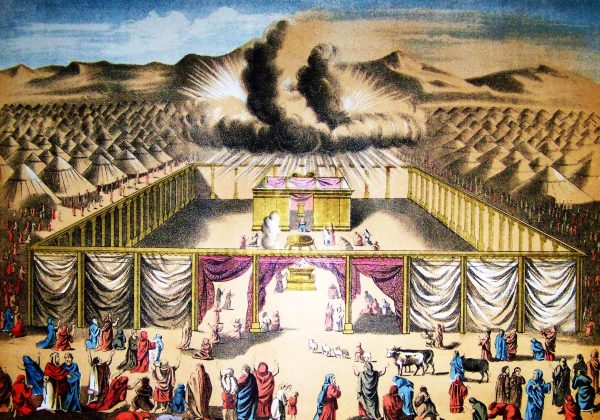
God’s People Give
Today’s “parasha” }פרשה}(weekly Torah portion) is ” Terumah” {תרומה} – which is the seventh “parasha” in the Book of Exodus and
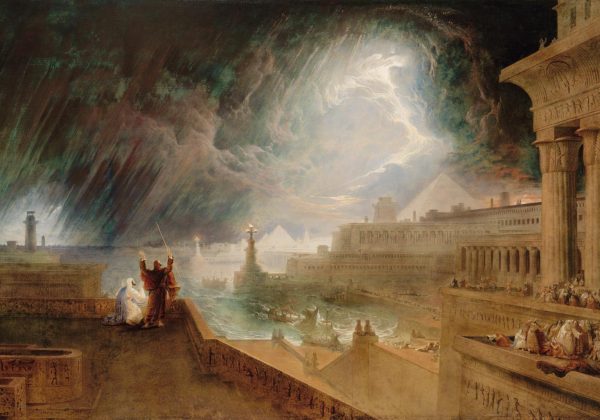
God’s Name and His Land Promises to the Children of Israel
On last Saturday’s post we discussed the transition from a “family” to a “people.” In Genesis, we learned about a family
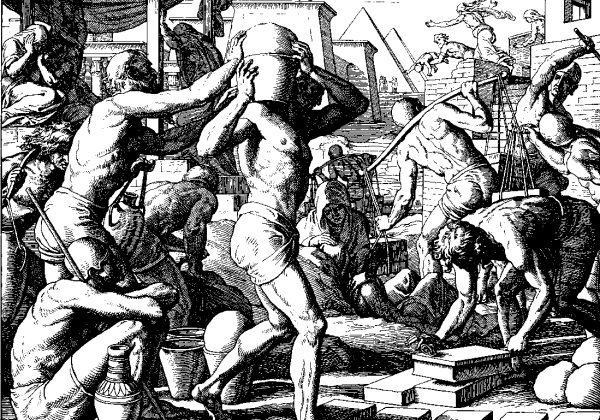
Did the Children of Israel actually ‘Plunder’ the Egyptians? (Part Two)
In yesterday’s post we posed the question as to whether or not the Children of Israel actually ‘plundered’ the Egyptians?
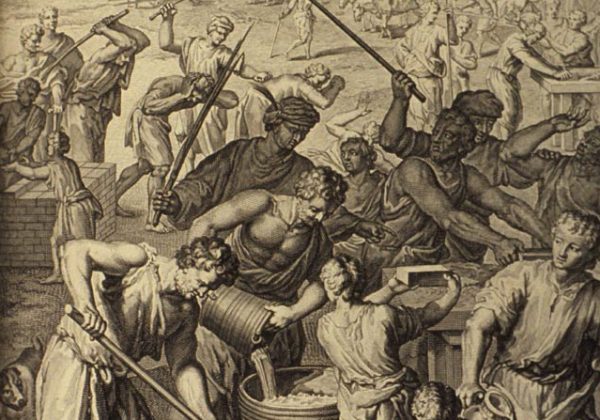
Did the Children of Israel Actually ‘Plunder’ the Egyptians? (Part One)
Today’s “parasha” {פרשה}(weekly Torah portion) is ‘Bo’ {בא} (Hebrew for ‘come’ or ‘go’) and this is the “parasha” that tells
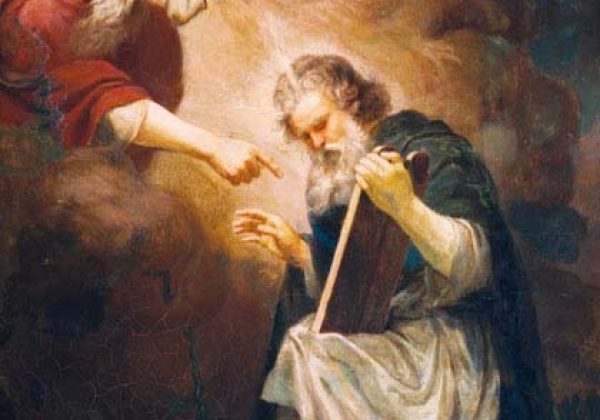
Carved In Stone
Where did the phrase ‘carved in stone’ come from and how it is related to the Torah? “The LORD said
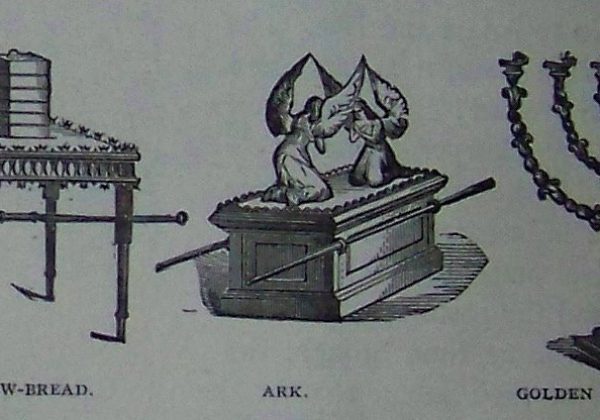
Betzalel and the Tree of Knowledge: A Lesson in Biblical Translation and Biblical Etymology (Part 3)
Today is our last post in the three part series about the special qualities Betzalel the chief artisan of the
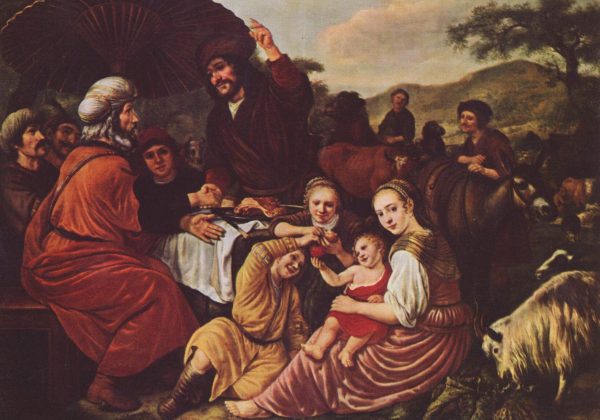
Between Theory and Practice: Jethro’s Advice to Moses
Today’s “parasha”{פרשה} (weekly Torah portion) is “Yitro” {יתרו} – which is the Hebrew name of Jethro (Moses’ father-in-law). It is
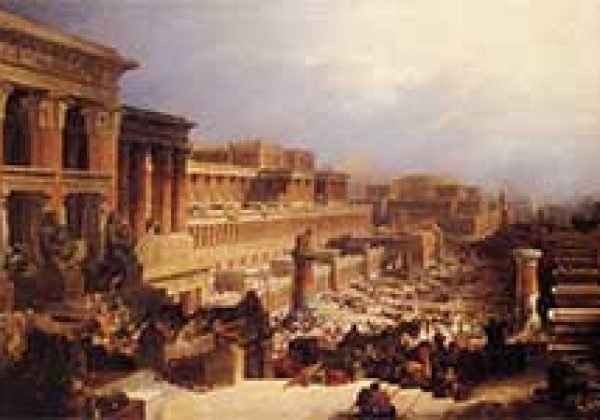
Between Genesis and Exodus: From a Family to a People
Last week, we finished reading the Book of Genesis and today we start with the Book of Exodus. The first “parasha”
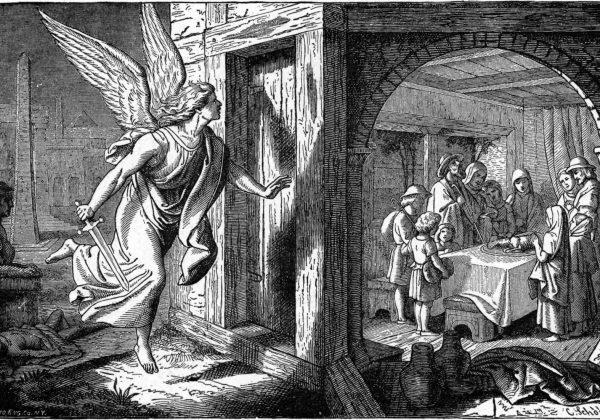
Absence of Light or a True Darkness?
One specific extraordinary thing which characterized the Ten Plagues of Egypt was the creation effect on them. Darkness was the
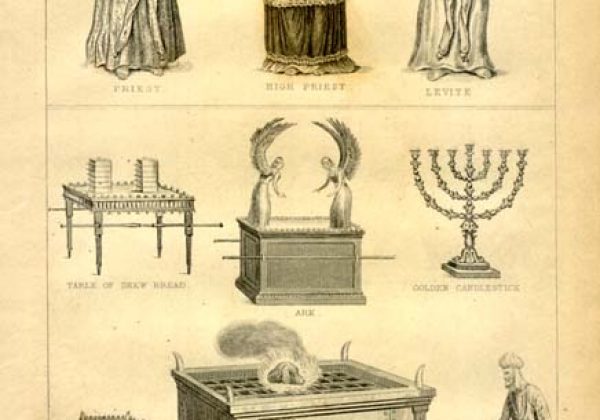
Ability or Wisdom? A Lesson in Biblical Translation and Biblical Etymology
Betzalel Ben Uri (Hebrew for Betzalel, the son of Uri) or simply Betzalel became well known because he was the
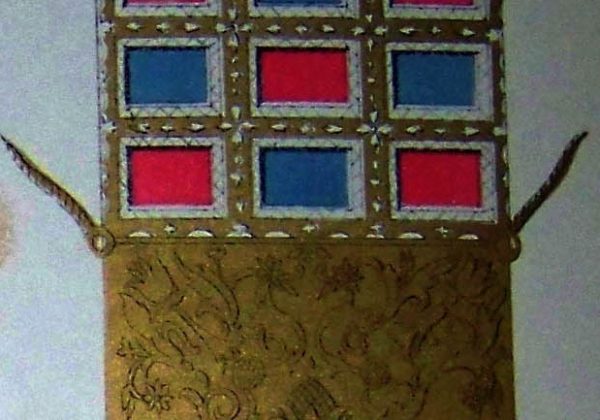
A Pure Heart: Light and Truth
The Hebrew words “Urim” and “Thummim” have a couple of meanings. ‘Urim’ comes from the Hebrew word for ‘light’ (‘Or’)
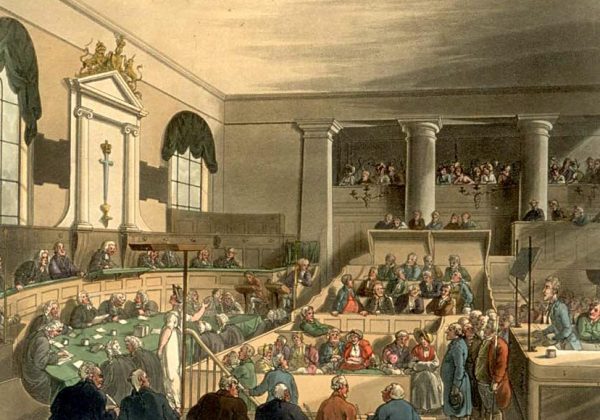
“You shall not fall in with the many to do evil
The story beyond the verse: “You shall not fall in with the many to do evil, nor shall you bear
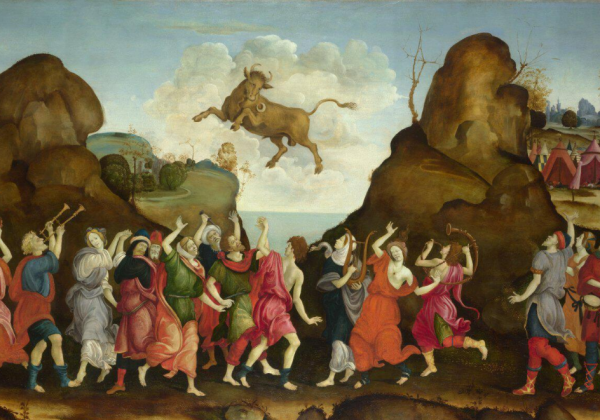
“The LORD, He is God!”
THE main issue of this week’s “parasha” (weekly Torah portion) is the story of the Golden Calf. That is why
